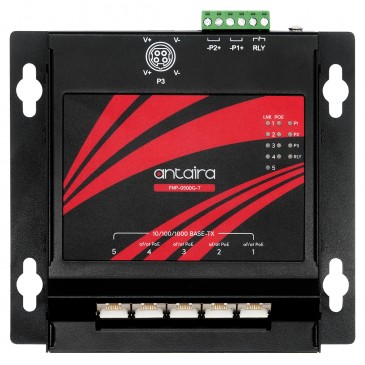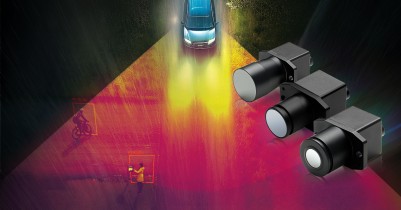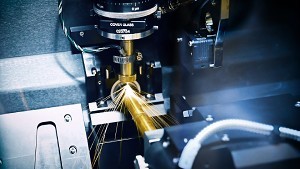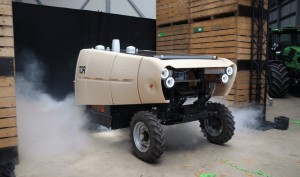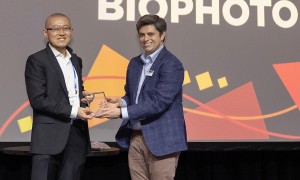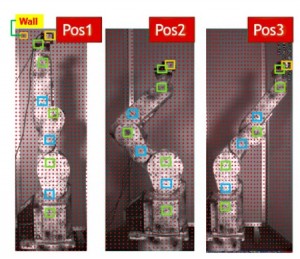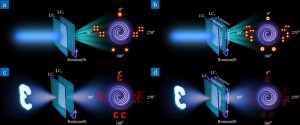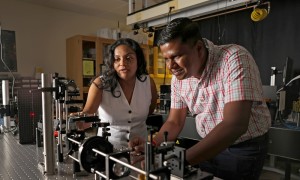
A new, groundbreakingly effective sensor developed by researchers at the University of Waterloo in Ontario (Canada) is the first of its kind, based on semiconductor nanowires, that can detect photons. The research breakthrough promises to significantly improve quantum communication and remote sensing capabilities, advance long-range 3D imaging and enhance cancer treatment monitoring.
“We have developed a new quantum sensor that can detect single particles of light over an unprecedented wavelength range by changing the semiconductor material of the quantum sensor,” says Michael Reimer, faculty member at the Institute for Quantum Computing IQC and assistant professor in the Faculty of Engineering’s electrical and computer engineering department at Waterloo.
First of its kind quantum sensor
“This technology can detect single particles of light — photons — with high timing resolution, speed and efficiency, all while operating at room temperature,” Reimer emphasizes, adding that previous technologies do not provide these capabilities at room temperature. “In addition, due to the tapered nanowire array geometry of our quantum sensor, light is detected over a wavelength range from the UV to near-infrared, with the potential to extend it further towards telecommunications wavelengths by changing the semiconductor material of the quantum sensor.” Lower wavelengths are absorbed near the top of the nanowire, he explains, and longer wavelengths are absorbed further down the nanowire. “By optimizing the nanowire tapering you can ensure where each wavelength will be absorbed with near-unity efficiency.”
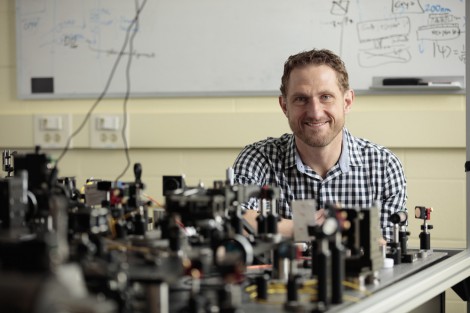
How the new sensor can improve cancer treatment
The professor says their technology would be used as a sensor to monitor that the dose is correct during cancer treatment. The challenge during cancer treatment is that if too much dose is given, then healthy cells are damaged and if too little dose is given, then the cancer survives. “A very important process in this treatment is to detect the presence of singlet oxygen, which emits a low level light signal at 1270 nm,” Reimer says. He notes that efficient portable detectors are lacking at this operation wavelength in order to determine that the proper dose has been given during cancer treatment. However, “Our quantum sensor meets these requirements and will ensure fewer healthy cells are damaged during treatment.”
The new sensor’s promising future in other applications
Speaking about the promises his innovation holds regarding long-range 3D imaging, quantum communication, remote sensing and other potential applications, Reimer says: “Our device works at room temperature, so it is portable for these types of applications, specifically in long-range 3D imaging and remote sensing.” He goes on to say that in addition, high timing resolution detectors determine the imaging resolution that you can have. In other words, the higher the timing resolution the better the imaging resolution. “Another benefit of detecting at the single-photon-level is that you can extend the range that you can image objects,” Reimer says.
Reimer and his team are still in the prototype stages of their research, so he says the new kinds of applications have not come to fruition yet. “Once we have made a device that can be brought out of the lab, then these new kinds of applications will come to light,” Reimer projects. The expert believes the new quantum sensor will “definitely significantly improve” the applications he just talked about. What is more, he says the devices portability is a noteworthy advantage. “I think our quantum sensor will have a huge impact on next-generation light-based technologies.”
Path to market
Reimer points out that before they can bring this new kind of quantum sensor to market, they need to develop the right electronics to operate the quantum sensor out of the lab. “We also believe the quantum sensor dark counts could be significantly improved if portable cooling is developed similar to commercial quantum detectors based-on semiconductors,” he says. “I believe this new kind of quantum sensor could be on the market in the next three to five years.”
Fabricating the tapered nanowire array according to the design was challenging: “There are many fabrication steps and each one needs to be optimized,” Reimer reveals. “We overcame this by dedicated PhD students working on the project and many years of nanofabrication.”
Next step
Reimer and his colleagues are in fact currently implementing the control electronics to operate the quantum sensor in order to bring the quantum sensor out of the lab and developing new tapered nanowire p-n junction arrays based on InGaAs in order to extend the detection wavelength beyond telecommunications wavelengths. “So, we would be able to detect single photons from the UV to infrared, a feat no other quantum sensor has been able to do,” the professor concludes.
The research is presented the paper “Tapered InP nanowire arrays for efficient broadband high-speed single photon detection,” published in Nature Nanotechnology.
Written by Sandra Henderson, Research Editor, Novus Light Technologies Today






















 Back to Features
Back to Features